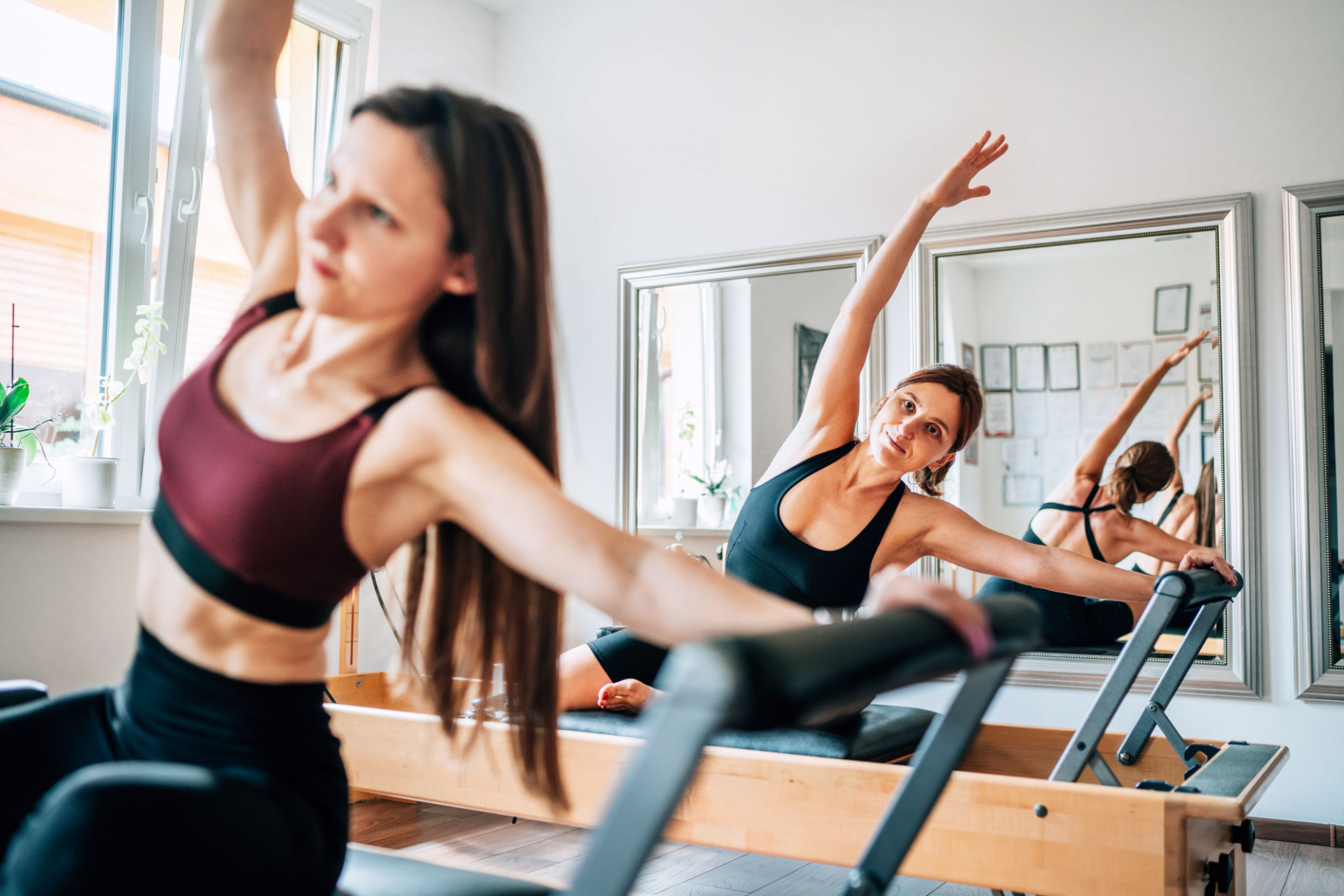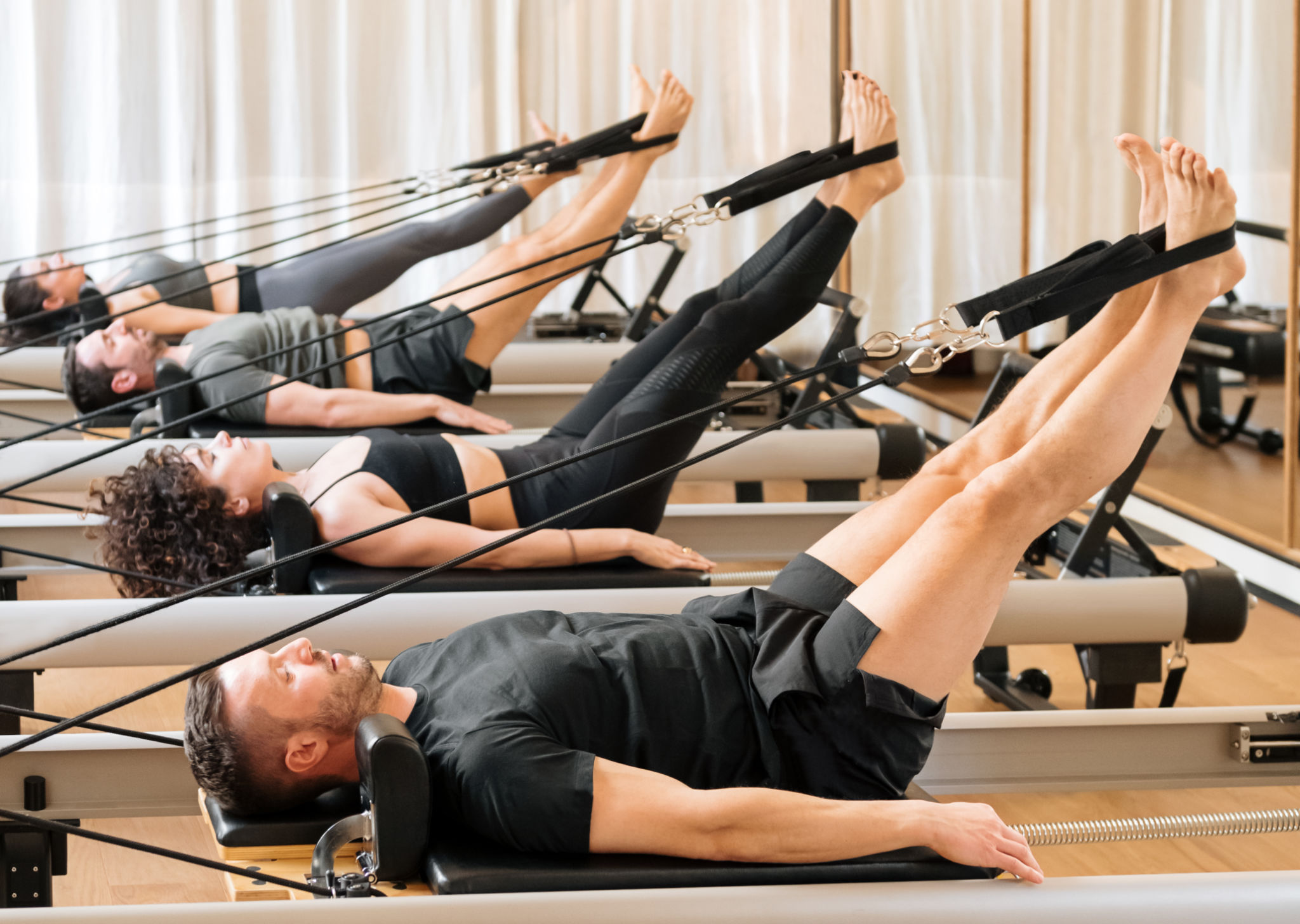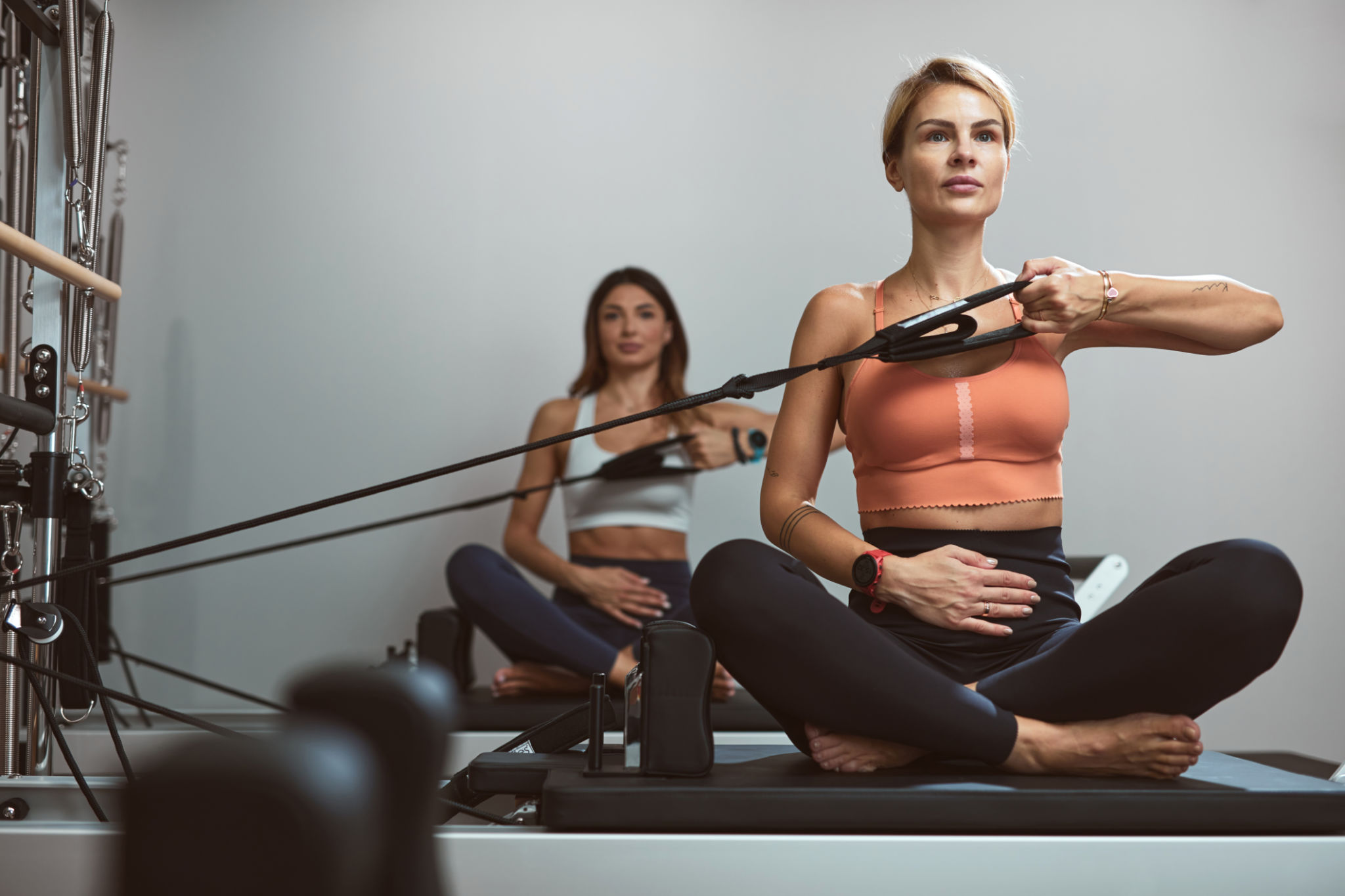Preparing for Pilates Teacher Training: What You Need to Know
Understanding the Basics of Pilates
Before diving into a Pilates teacher training program, it's essential to have a strong foundation in Pilates practice. Familiarize yourself with the basic principles such as concentration, control, centering, flow, precision, and breathing. These principles are the cornerstone of Pilates and will be integral to your training.
Regular practice is crucial. If you haven't already, start attending classes regularly to improve your understanding and skill level. Observing different teaching styles can also give you insights into how you might want to conduct your own classes in the future.

Choosing the Right Training Program
Not all Pilates teacher training programs are created equal. Research various programs and consider factors such as accreditation, curriculum, duration, and cost. Look for programs that are accredited by reputable organizations like the Pilates Method Alliance (PMA). Accreditation ensures the program meets established standards of quality.
Additionally, consider the curriculum offered. A comprehensive program should cover anatomy, biomechanics, teaching methodologies, and Pilates exercises for different skill levels. It's also beneficial if the program includes business skills training to help you manage your future classes effectively.
Preparing Physically and Mentally
Embarking on a teacher training program requires both physical and mental preparation. Pilates training can be physically demanding, so maintaining a good level of general fitness will be beneficial. Incorporate strength and flexibility exercises into your routine to enhance your endurance and adaptability.

Mental preparation is equally important. Be ready to commit time and energy to your training. You will be learning new concepts, techniques, and routines, which can sometimes be overwhelming. Developing a positive mindset will help you navigate the challenges of the training process.
Gathering Necessary Materials
Before starting your training, gather all the necessary materials. This may include textbooks, notebooks, and any digital resources recommended by your training program. Having these materials on hand will ensure you're prepared for every session.
Some programs might also suggest specific attire or equipment for practical sessions. Investing in quality Pilates apparel and a reliable mat can enhance your training experience by providing comfort and support during workouts.

Building a Support Network
Having a support network can make a significant difference in your training journey. Connect with fellow trainees, instructors, or even an online community of Pilates enthusiasts. These connections can provide encouragement, share insights, and offer advice based on their own experiences.
Don't hesitate to reach out to your instructors with questions or concerns. Their guidance can be invaluable as you navigate the complexities of becoming a certified Pilates teacher.
Setting Realistic Goals
Finally, set realistic goals for yourself throughout the training process. Break down larger objectives into smaller, manageable tasks to avoid feeling overwhelmed. Keep track of your progress, celebrate your achievements, and remain flexible with your plans as needed.
Remember that becoming a skilled Pilates instructor takes time and dedication. Stay committed to your practice, keep learning, and enjoy the journey of growth and transformation that comes with this rewarding career path.
